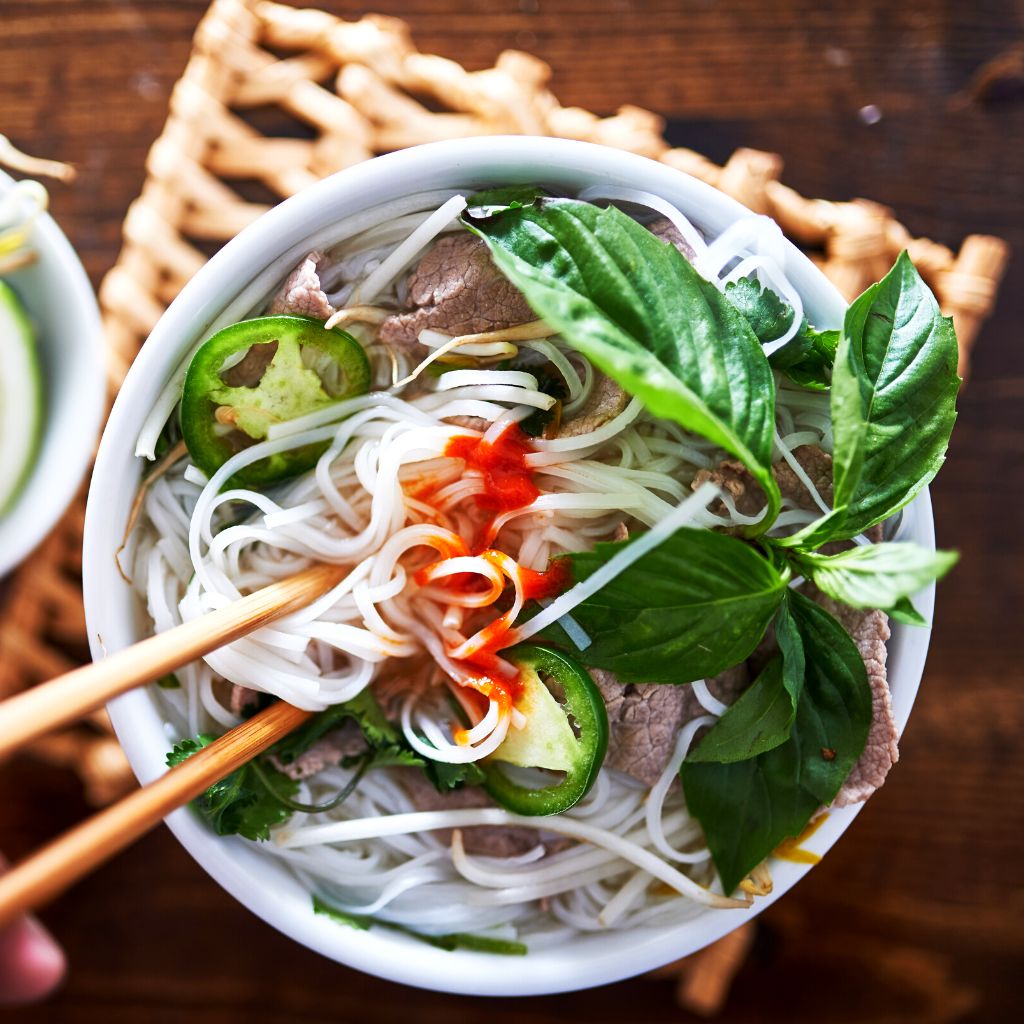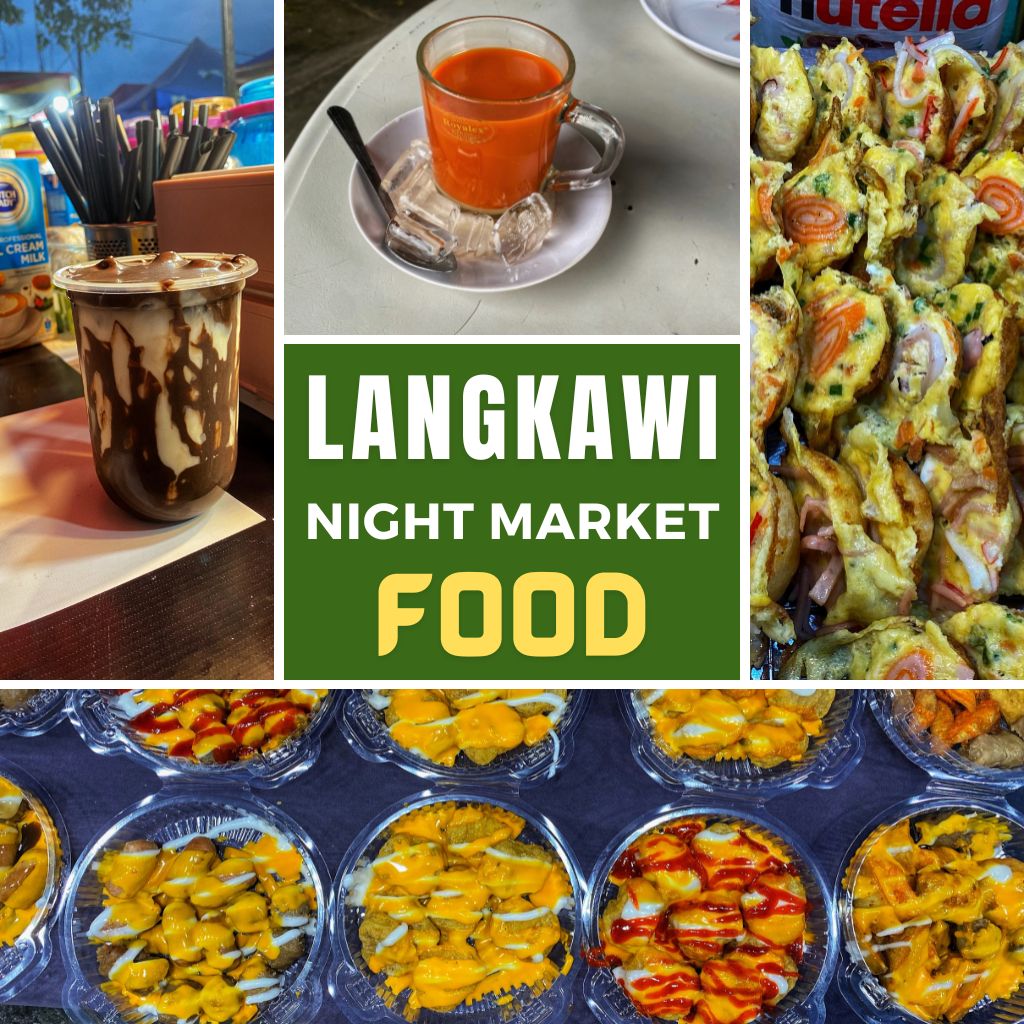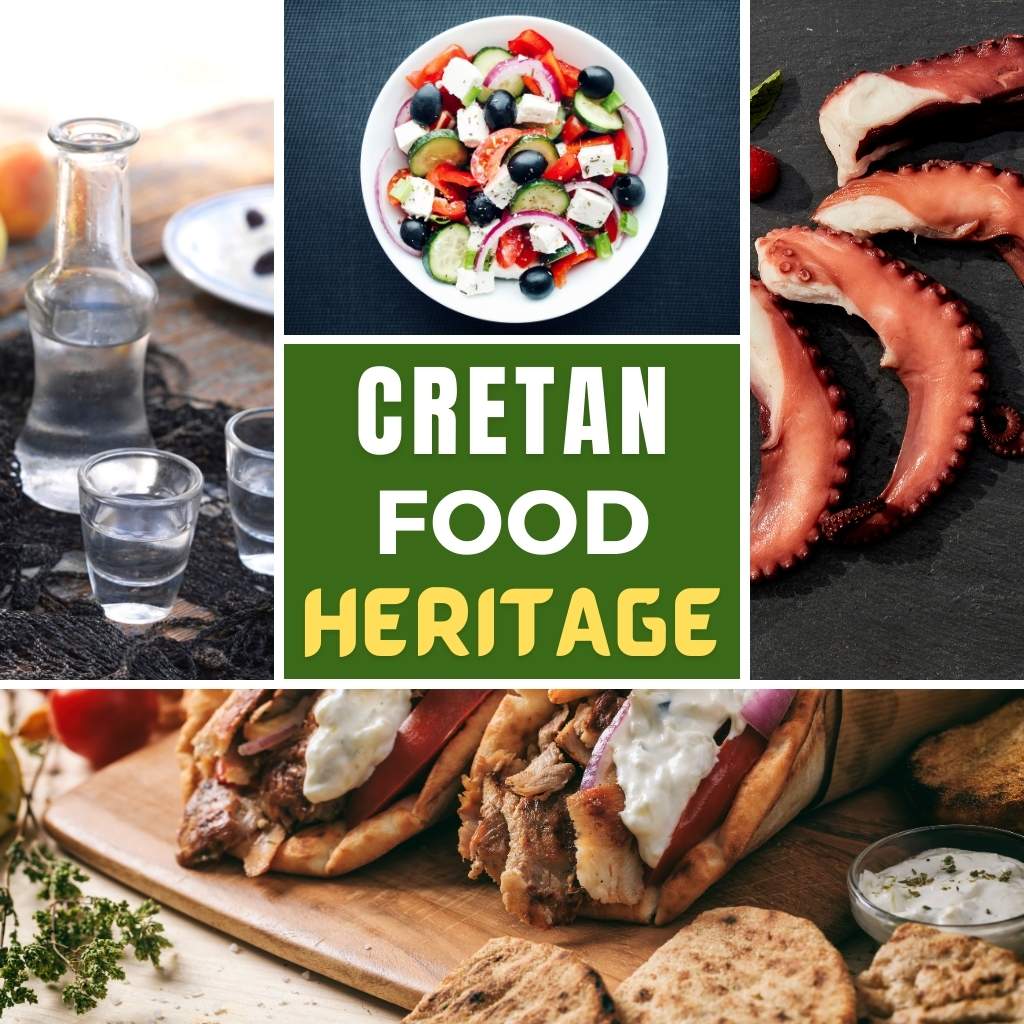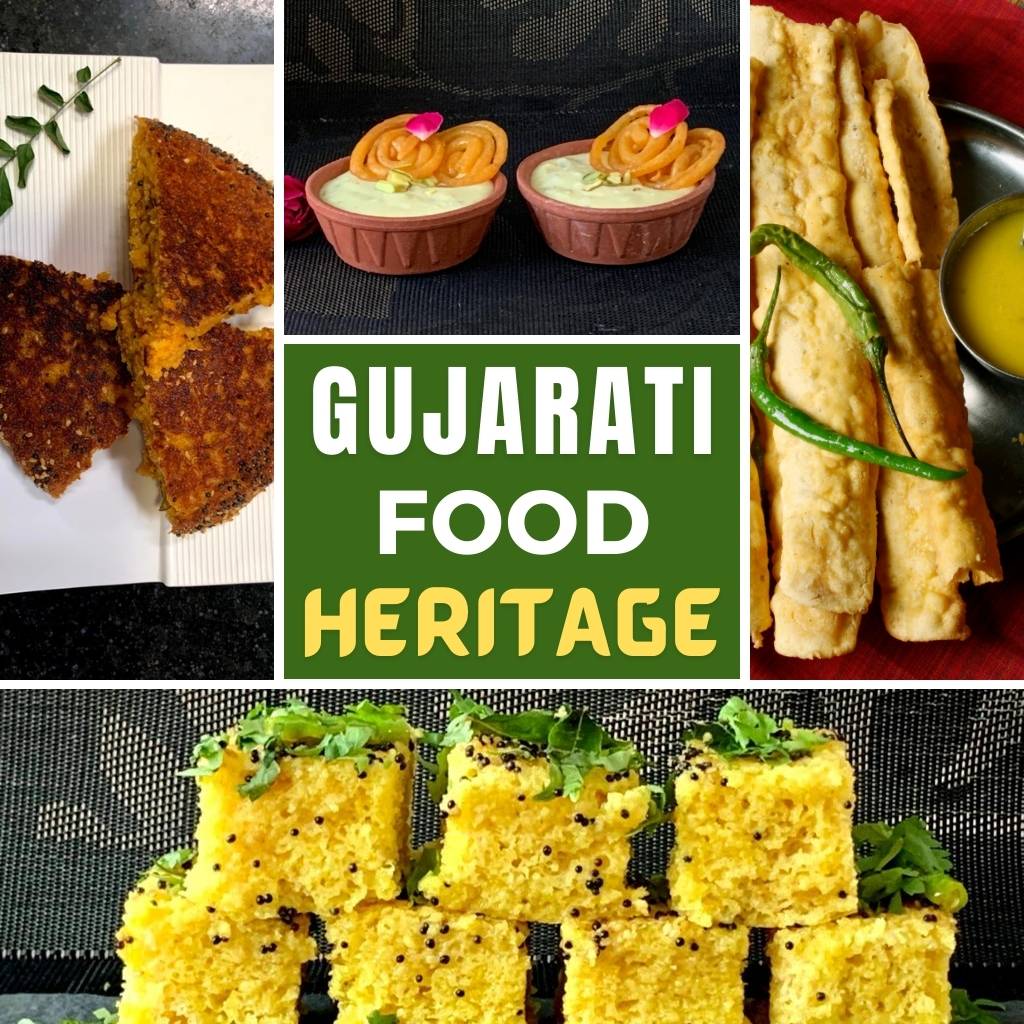If there’s one thing that all Vietnamese people have in common, it’s the love of food. From the north to the south, the Vietnamese take great pride in their culinary traditions. There are endless dishes to explore. One of the best ways to experience Vietnamese cuisine is to try as many local dishes as possible. And what better way to do that than by visiting Vietnam?
Chúc ngon miệng! (or “bon appétit” in French) – let’s get started!
1. Phở
Phở is one of the most popular Vietnamese dishes, and it is easy to see why. This fragrant soup is made with rice noodles, fresh herbs, and your choice of meat. The broth is key to a good phở, and it is typically made by simmering beef or chicken bones for hours. As a result, the soup has a rich flavor that is perfect for a chilly day. Phở can be customized to suit your tastes, and it is often served with lime wedges, bean sprouts, and chili peppers. Whether you enjoy it for breakfast, lunch, or dinner, phở is a delicious way to experience the best of Vietnamese cuisine. Phở is a signature dish of Vietnamese food tours, and you get to try many different varieties of this dish.

2. Bún bò Huế
Bún bò Huế is a dish that hails from the city of Huế in central Vietnam. The dish is traditionally made with beef broth and vermicelli noodles, and it can be topped with a variety of meats and vegetables. Bún bò Huế is renowned for its complex flavor profile, which is created by a blend of sweet, sour, salty, and spicy ingredients. The dish is also known for its beautiful presentation, with colorful toppings arranged aesthetically. It was once the culinary fare of Vietnam’s royalty, and it remains a popular dish among locals and tourists alike.

3. Bánh mì
The bánh mì is a Vietnamese sandwich that is made with French bread. The bread is typically filled with meats, vegetables, and spices, making for a delicious and flavorful meal. While the bánh mì has its roots in French cuisine, it has been adopted by the Vietnamese and made into something uniquely their own. These days, you can find bánh mì stands on almost every street corner in Vietnam. Walking food tours in cities such as Hanoi, Hoi An, and Dan Nang are the best way to try bánh mì.

4. Gỏi cuốn
Gỏi cuốn is a Vietnamese salad roll that is perfect for a light lunch or snack. The rolls are made with rice paper wrappers, and they can be filled with a variety of fresh vegetables and herbs. You will love them with cucumber, radish, and carrot, but you can use any vegetables that you like. Rice paper wrappers are prepared by moistening them with water and then filling them with ingredients of your choosing. You can dip the rolled-up wrapper in Nuoc Cham sauce or eat it plain. These action-packed salad rolls are sure to satisfy your hunger without weighing you down.

5. Bún chả
Bún chả is a Hanoi specialty that is traditionally made with grilled pork, vermicelli noodles, and a variety of fresh herbs. It is served with a dipping sauce made of fish sauce, vinegar, and sugar. The flavors are well-balanced and the dish is incredibly satisfying. While it is typically eaten for lunch or dinner, you can enjoy bún chả any time of day.

6. Bánh xèo
Bánh xèo is a Vietnamese crepe that is made with rice flour and filled with meats, vegetables, and spices. The crepe is then fried until it is golden brown and crispy. Bánh xèo is typically served with lettuce, herbs, and Nuoc Cham dipping sauce. It is a popular dish that is often enjoyed at family gatherings and special occasions.

7. Cơm tấm
Cơm tấm is a Vietnamese rice dish that is traditionally made with broken rice, grilled pork, and pickled vegetables. The dish is often served with a side of Nước Chấm, a mixture of chili, fish sauce, sugar and green onion oil. Cơm tấm is a filling meal that is perfect for lunch or dinner.

8. Bún riêu
Bún riêu is a standout local dish in Vietnam that is made with fresh crab and tomatoes. The interplay between the crab and tomato is what makes this dish so special. The crab is cooked in a broth made from tomatoes and other spices, and the tomato helps to bring out the sweetness of the crab. The dish is served over rice noodles, and it is usually garnished with freshly chopped scallions and cilantro.

9. Bánh cuốn
Bánh cuốn is a Vietnamese dish of steamed rice rolls filled with a tasty mixture of minced pork and wood-ear mushrooms. The rice rolls are delicate and fragrant, and the filling is flavorful and moist. This dish is typically served with a dipping sauce of fish sauce, chili, and lime juice. Bánh cuốn is a simple yet delicious dish that is perfect for a light lunch or snack.

10. Cao Lầu
Cao Lầu is a unique dish that originates from the coastal town of Hoi An. The dish is a fusion of Japanese, Chinese and Vietnamese influences, and it is made with rice noodles, pork, vegetables and broth. The noodles are usually served in a bowl, and they are often garnished with peanuts, green onions and cilantro. Cao Lầu is a popular dish in Vietnam, and it is often eaten as a snack or for lunch. The dish is relatively inexpensive, and it can be found at most Vietnamese restaurants.

11. Mì Quảng
Mì Quảng is popular street food in central Vietnam that is part soup and part salad. The soup is made with a broth of chicken, shrimp, and pork, and the salad is made with a variety of vegetables, including cabbage, carrots, and cucumber. The dish is served with a side of rice, and the entire meal is garnished with peanuts, cilantro, and mint. Don’t let the elegance fool you, this dish is hearty and filling, and it will keep you going all day long.

12. Xôi
Xôi is a type of Vietnamese sticky rice that is traditionally served for breakfast. It is made by steaming glutinous rice and then topping it with either savory or sweet toppings. Xôi is typically very inexpensive, making it a popular choice for budget-minded diners. The most common savory toppings for xôi include mung beans, dried shrimp, and pork floss. Sweet toppings such as shredded coconut, chopped peanuts, and crumbled yam are also popular. Xôi can be found at most Vietnamese restaurants and is often served as part of a larger breakfast spread that includes other dishes such as bánh mì and phở.

13. Hủ Tiếu Nam Vang
Hủ Tiếu Nam Vang is popular street food in South Vietnam that consists of rice noodles, chopped pork, and a variety of vegetables. The dish is believed to have originated in Cambodia. It is very similar to the kuy teav in Cambodia and guay tiew in Thailand. It is usually served with a light, clear broth, and it is often garnished with cilantro, green onions, and bean sprouts. When ordering hủ tiếu nam vang, be sure to specify whether you want the broth to be light or dark. The dark broth is made from soy sauce and chicken stock, and it has a richer flavor than the light broth.

14. Bánh Bèo
Bánh Bèo is a type of steamed rice cake that is typically served in small, bite-sized servings. The rice cakes are often topped with a variety of toppings, including diced shrimp, shallots, and green onions. The rice cakes are made from a mixture of glutinous rice flour and tapioca flour, which gives them a chewy texture. The cakes are steamed in small bowls or dishes, and they are typically served with a dipping sauce made from fish sauce, sugar, and lime juice. Bánh Bèo is traditionally eaten with chopsticks, but forks can also be used.

15. Chè
Chè is a Vietnamese dessert that is made with a variety of sweet ingredients such as jellies, fruits, and beans. The dessert is often served in a bowl or on a plate, and it can be enjoyed as is or with ice. Chè is a refreshing and satisfying treat that is perfect for a hot day.

Chúc ngon miệng! (bon appétit)
If you’re looking for a delicious and exotic culinary experience, be sure to try some of the many different Vietnamese dishes that are listed here. From savory pho to sweet and sticky bánh bèo, there’s something for everyone to enjoy! And, with so many different flavors and textures to choose from, you’ll want to come back for more. So, what are you waiting for? Start exploring Vietnamese cuisine today!
Disclaimer:
This blog may contain affiliate links. At no extra cost to you, we may get a small commission if you buy anything. All products and services we endorse have been personally used or come highly recommended to us. These incomes allow us to keep the community supported and ad-free.





Add a Comment